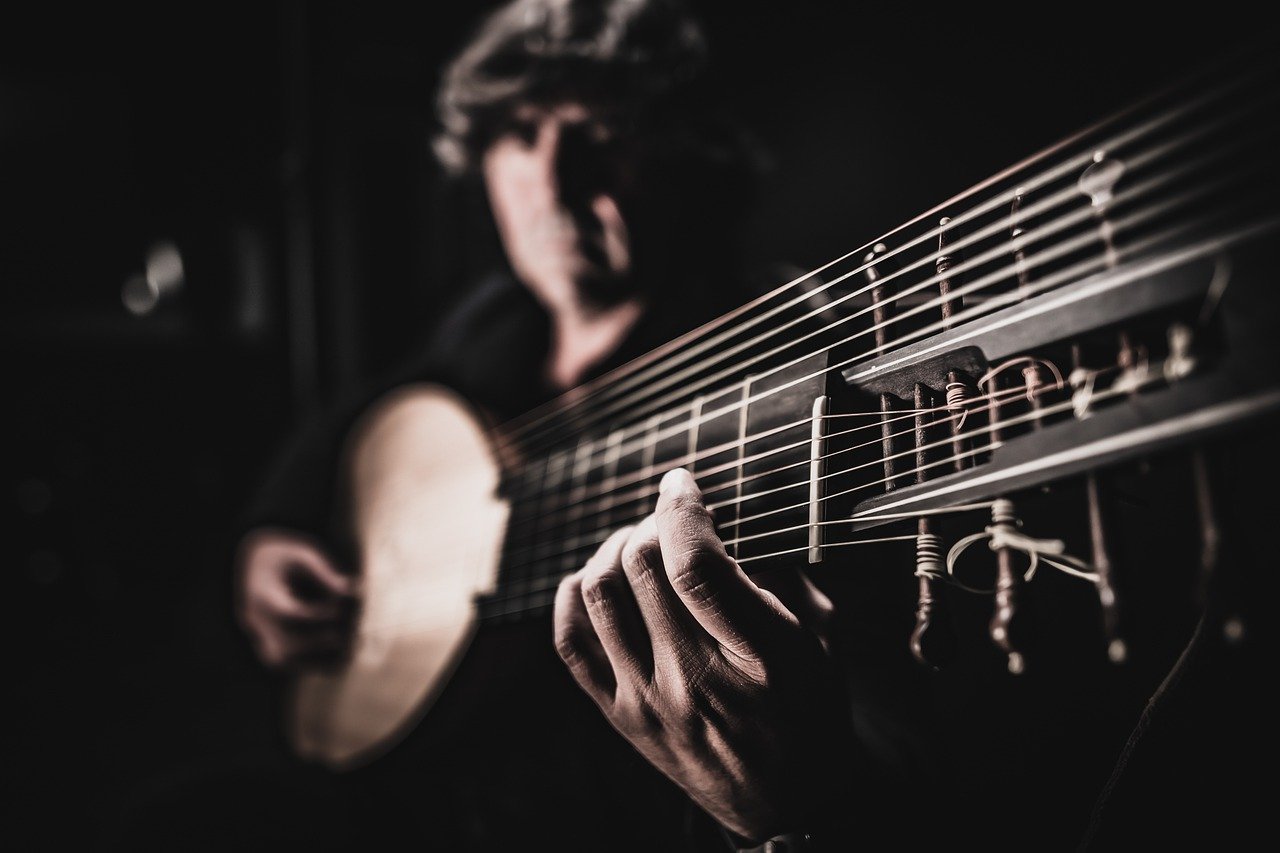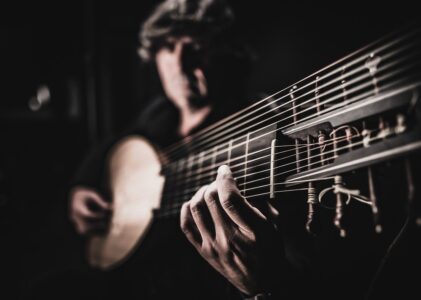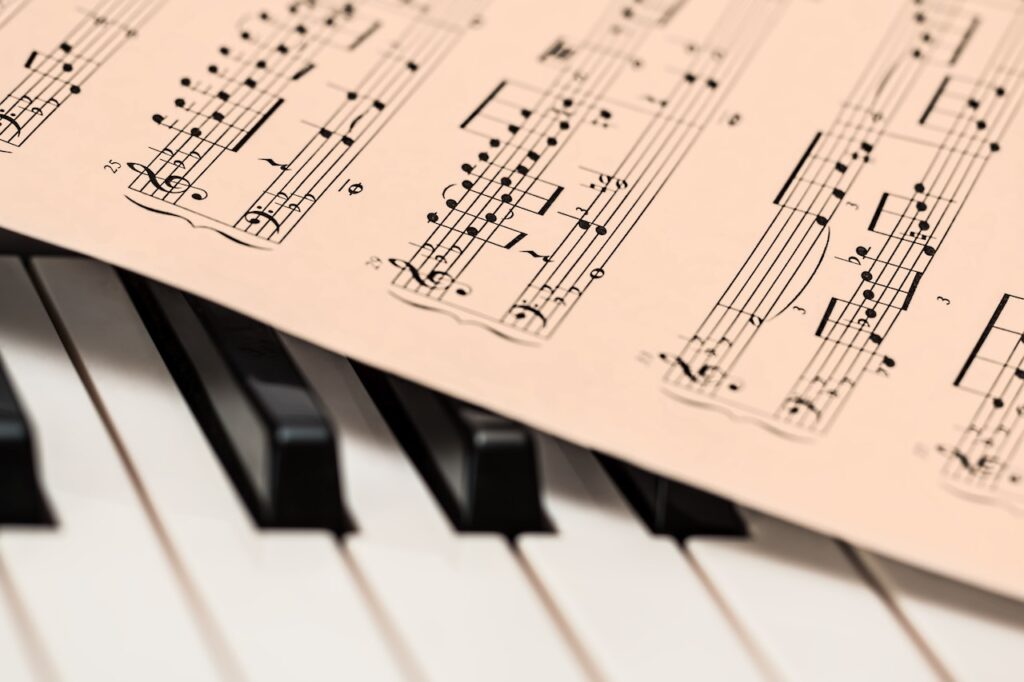Music was an essential part of civic, religious, and courtly life in the Renaissance. The rich interchange of ideas in Europe, as well as political, economic, and religious events in the period 1400–1600 led to major changes in styles of composing, methods of disseminating music, new musical genres, and the development of musical instruments. The most important music of the early Renaissance was composed for use by the church—polyphonic (made up of several simultaneous melodies) masses and motets in Latin for important churches and court chapels. By the end of the sixteenth century, however, patronage had broadened to include the Catholic Church, Protestant churches and courts, wealthy amateurs, and music printing—all were sources of income for composers.
The early fifteenth century was dominated initially by English and then Northern European composers. The Burgundian court was especially influential, and it attracted composers and musicians from all over Europe. The most important of these was Guillaume Du Fay (1397–1474), whose varied musical offerings included motets and masses for church and chapel services, many of whose large musical structures were based on existing Gregorian chant. His many small settings of French poetry display a sweet melodic lyricism unknown until his era. With his command of large-scale musical form, as well as his attention to secular text-setting, Du Fay set the stage for the next generations of Renaissance composers.
By about 1500, European art music was dominated by Franco-Flemish composers, the most prominent of whom was Josquin des Prez (ca. 1450–1521). Like many leading composers of his era, Josquin traveled widely throughout Europe, working for patrons in Aix-en-Provence, Paris, Milan, Rome, Ferrara, and Condé-sur-L’Escaut. The exchange of musical ideas among the Low Countries, France, and Italy led to what could be considered an international European style. On the one hand, polyphony or multivoiced music, with its horizontal contrapuntal style, continued to develop in complexity. At the same time, harmony based on a vertical arrangement of intervals, including thirds and sixths, was explored for its full textures and suitability for accompanying a vocal line. Josquin’s music epitomized these trends, with Northern-style intricate polyphony using canons, preexisting melodies, and other compositional structures smoothly amalgamated with the Italian bent for artfully setting words with melodies that highlight the poetry rather than masking it with complexity. Josquin, like Du Fay, composed primarily Latin masses and motets, but in a seemingly endless variety of styles. His secular output included settings of courtly French poetry, like Du Fay, but also arrangements of French popular songs, instrumental music, and Italian frottole.
With the beginning of the sixteenth century, European music saw a number of momentous changes. In 1501, a Venetian printer named Ottaviano Petrucci published the first significant collection of polyphonic music, the Harmonice Musices Odhecaton A. Petrucci’s success led eventually to music printing in France, Germany, England, and elsewhere. Prior to 1501, all music had to be copied by hand or learned by ear; music books were owned exclusively by religious establishments or extremely wealthy courts and households. After Petrucci, while these books were not inexpensive, it became possible for far greater numbers of people to own them and to learn to read music.



